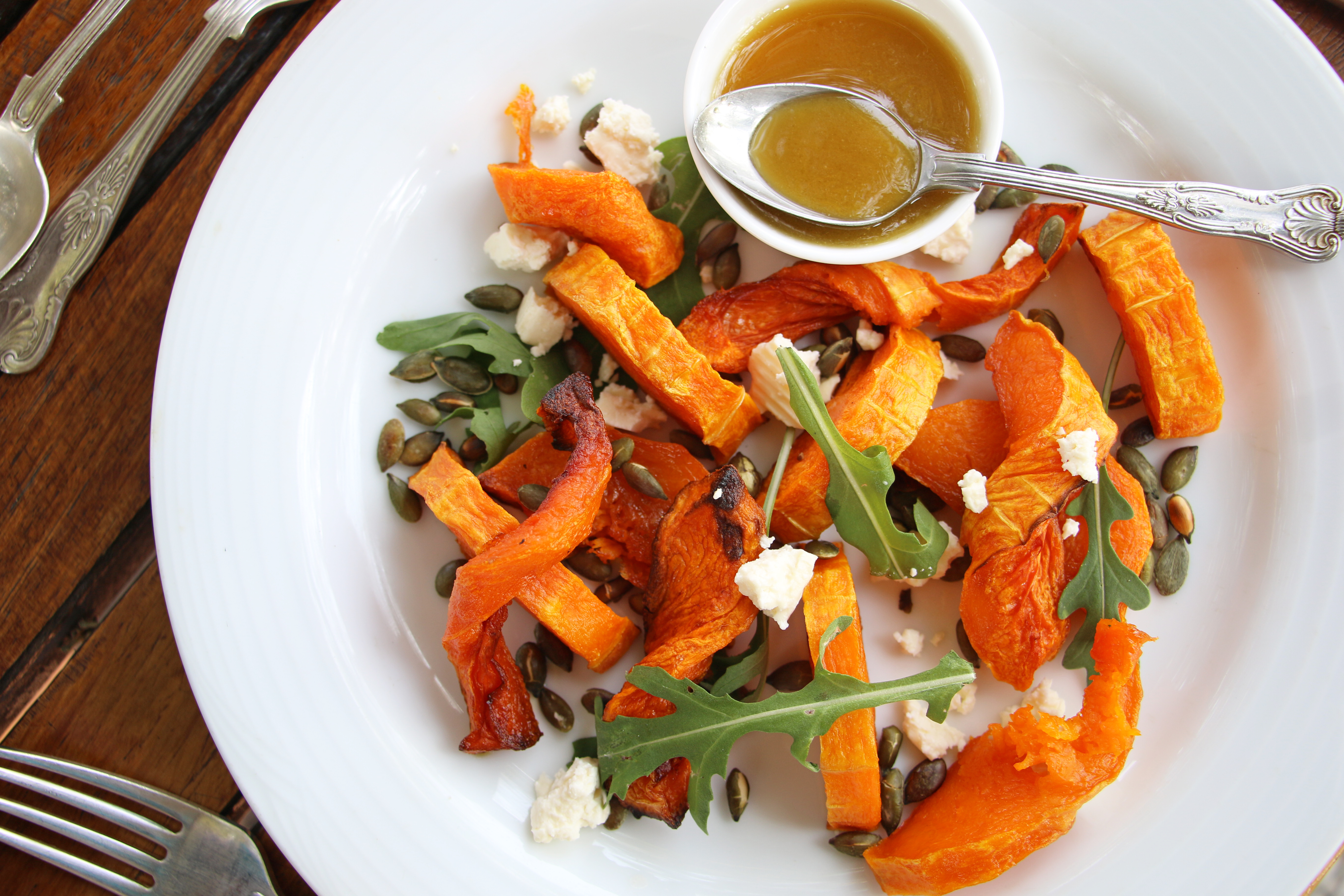
Leaves dry and pale like the pages of an old book line the path leading through the island’s trees. An island in the Zambezi.
It is dry season and the heat has cast a mellow peace all about. As the light fades and the songs of the birds quieten, we are reminded of the others who have walked these paths – the winding narrow hippo-beaten tracks that lead off to and from the river that surrounds us.
In no time at all the hippos will return to graze. Their day of wallowing in the Zambezi’s waters at a close.


We all have our ways of honouring the night and ours is with a dinner beneath the baobab. One of the ancient trees that reveal the age of this island in the stream, privy to tales that have played out over hundreds and hundreds of years. Tonight we sit beneath her and tell tales of our own – around the crackling of the campfire and the light of the flames and lanterns playing on our faces. It’s the baobab effect. Everything feels more significant, more vital, like the truths travellers tell when the calm and quiet of nature at night takes hold.

Whatever happens beneath the baobabs stays beneath the baobabs. And perhaps inside… like the way we soak in the experiences of our own voyages, into our skin and body memory.
There is food and wine – in the most intense submersion in the very land we inhabit for the night – with a barbecue stirring up the smells and a raising of glass after glass to the great tall, gnarly grandfather of a tree that has brought us together.
Here is a look at our baobab dining experience. But to understand the effect, you’ll have to experience it for yourself.
























